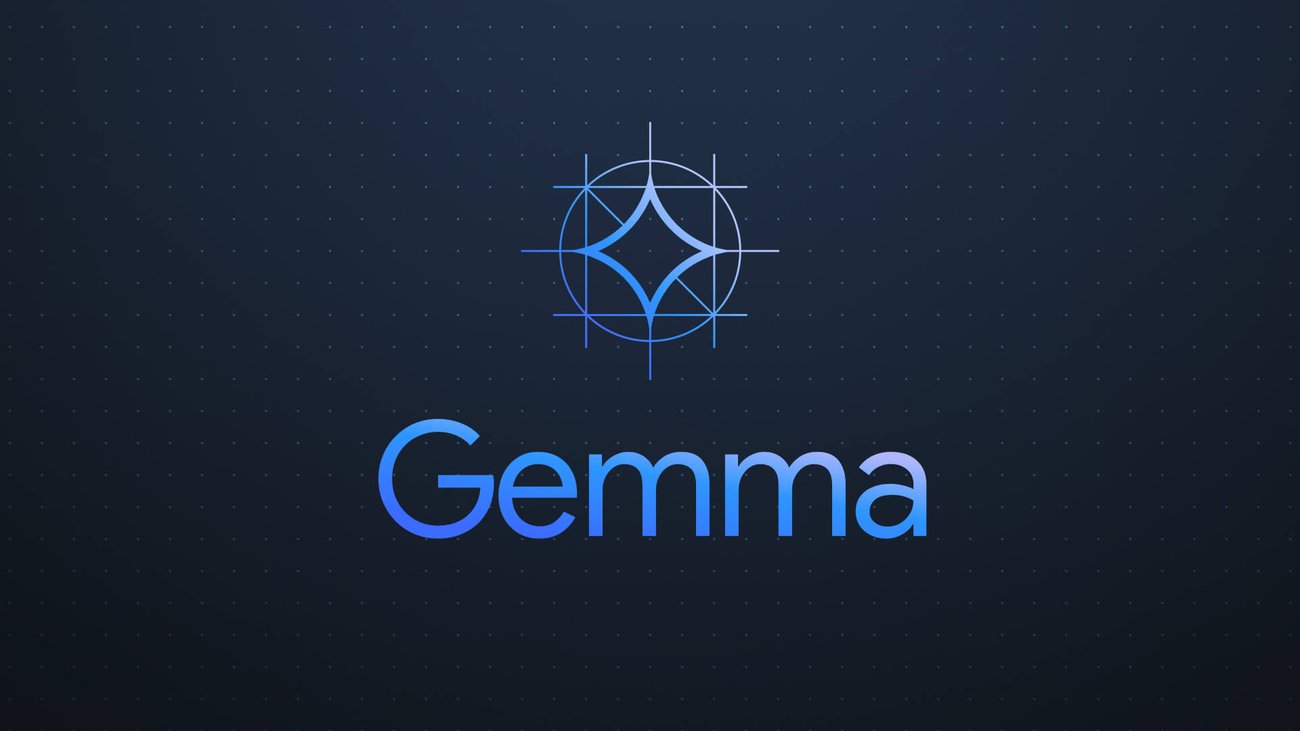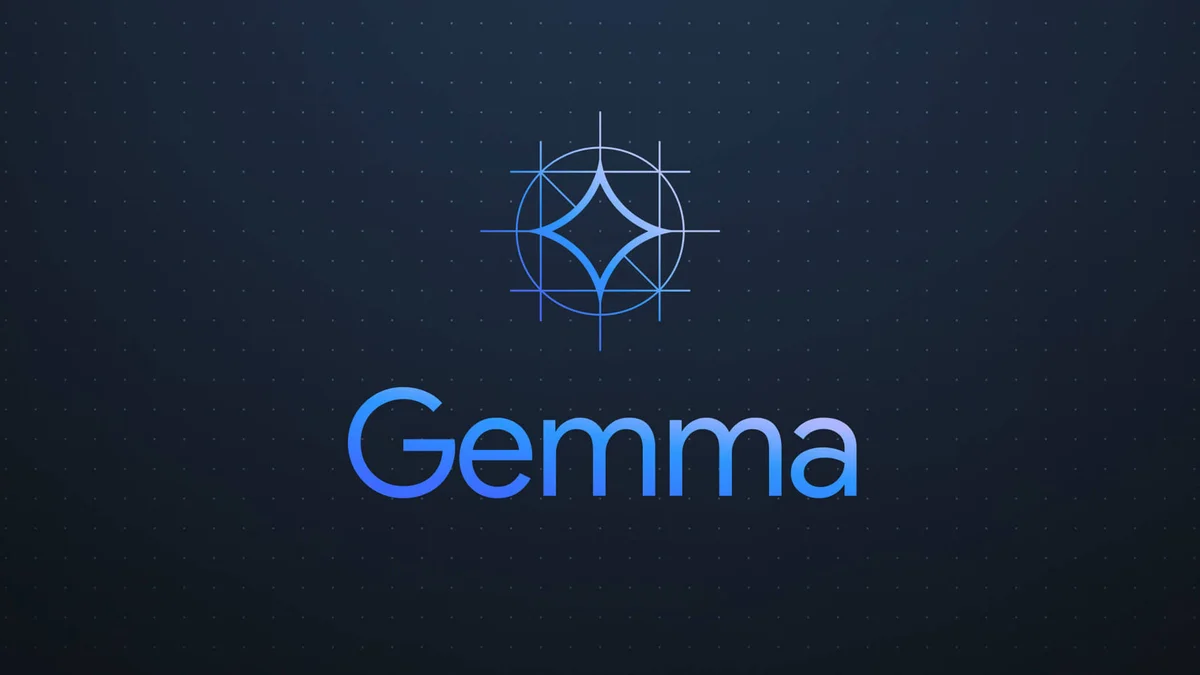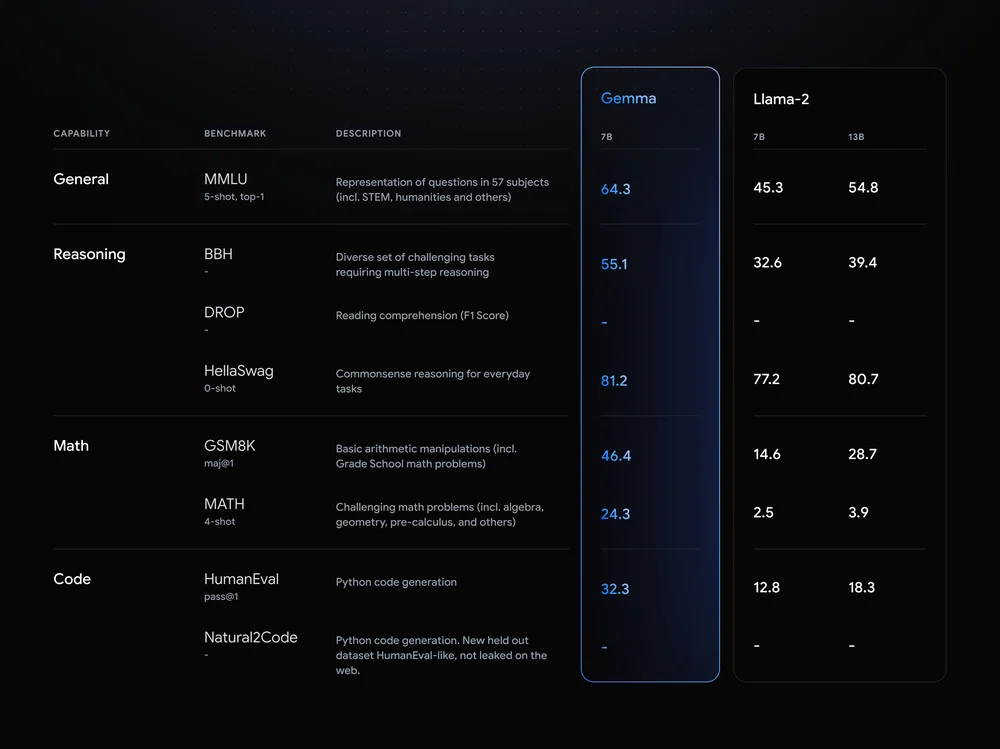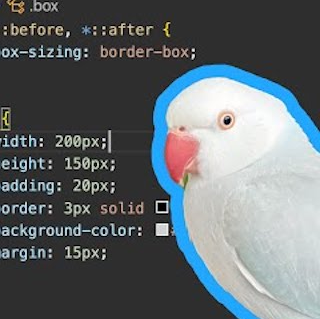/cdn.vox-cdn.com/uploads/chorus_asset/file/25296232/gemma_promo_press.png)
Google Gemma: because Google doesn’t want to give away Gemini yet
Gemma could be faster and more cost-efficient.
Google Gemma: because Google doesn’t want to give away Gemini yet
Gemma 2B and Gemma 7B are smaller open-source AI models for language tasks in English.
By Emilia David, a reporter who covers AI. Prior to joining The Verge, she covered the intersection between technology, finance, and the economy.
Feb 21, 2024, 8:00 AM EST
:format(webp)/cdn.vox-cdn.com/uploads/chorus_asset/file/25296232/gemma_promo_press.png)
Google’s new model Gemma.
Image: Google
Google has released Gemma 2B and 7B, a pair of open-source AI models that let developers use the research that went into its flagship Gemini more freely. While Gemini is a big closed AI model that directly competes with (and is nearly as powerful as) OpenAI’s ChatGPT, the lightweight Gemma will likely be suitable for smaller tasks like simple chatbots or summarizations.
But what these models lack in complication, they may make up for in speed and cost of use. Despite their smaller size, Google claims Gemma models “surpass significantly larger models on key benchmarks” and are “capable of running directly on a developer laptop or desktop computer.” They will be available via Kaggle, Hugging Face, Nvidia’s NeMo, and Google’s Vertex AI.
Gemma’s release into the open-source ecosystem is starkly different from how Gemini was released. While developers can build on Gemini, they do that either through APIs or by working on Google’s Vertex AI platform. Gemini is considered a closed AI model. By making Gemma open source, more people can experiment with Google’s AI rather than turn to competitors that offer better access.
Both model sizes will be available with a commercial license regardless of organization size, number of users, and the type of project. However, Google — like other companies — often prohibits its models from being used for specific tasks such as weapons development programs.
Gemma will also ship with “responsible AI toolkits,” as open models can be harder to place guardrails in than more closed systems like Gemini. Tris Warkentin, product management director at Google DeepMind, said the company undertook “more extensive red-teaming to Gemma because of the inherent risks involved with open models.”
The responsible AI toolkit will allow developers to create their own guidelines or a banned word list when deploying Gemma to their projects. It also includes a model debugging tool that lets users investigate Gemma’s behavior and correct issues.
The models work best for language-related tasks in English for now, according to Warkentin. “We hope we can build with the community to address market needs outside of English-language tasks,” he told reporters.
Developers can use Gemma for free in Kaggle, and first-time Google Cloud users get $300 in credits to use the models. The company said researchers can apply for up to $500,000 in cloud credits.
While it’s not clear how much of a demand there is for smaller models like Gemma, other AI companies have released lighter-weight versions of their flagship foundation models, too. Meta put out Llama 2 7B, the smallest iteration of Llama 2, last year. Gemini itself comes in several weights, including Gemini Nano, Gemini Pro, and Gemini Ultra, and Google recently announced a faster Gemini 1.5 — again, for business users and developers for now.
Gemma, by the way, means precious stone.





















